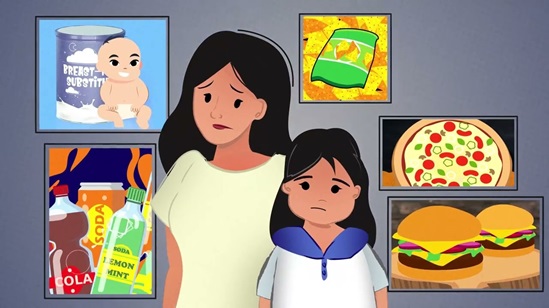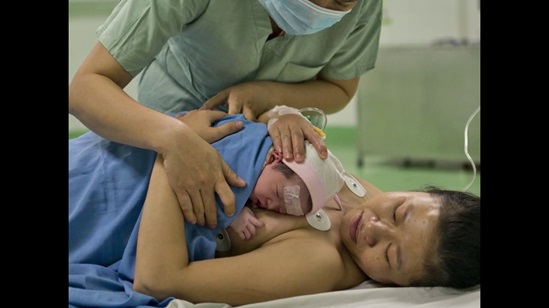
Having lunch at the elementary School of Hongcheon
Nutrition in the Western Pacific
Good nutrition plays a fundamental role in human health, survival and development. Better nutrition is related to improved infant, child and maternal health, stronger immune systems, safer pregnancy and childbirth, lower risk of non-communicable diseases (such as diabetes and cardiovascular disease), and longevity.
Malnutrition, in all its forms, presents significant threats to human health. Today the world faces a double burden of malnutrition that includes both undernutrition and overweight, especially in low- and middle-income countries.
WHO is providing scientific advice and decision-making tools that can help countries take action to address all forms of malnutrition to support health and wellbeing for all, at all ages.
Essential nutrition actions to achieve optimum health and nutritional well-being are identified throughout the course of life. The Sustainable Development Goals and the United Nations Decade of Action on Nutrition aim to end hunger and eradicate all forms of malnutrition worldwide. The two faces of malnutrition include undernutrition, such as wasting, stunting and micronutrient deficiencies, as well as those associated with dietary imbalance and excess, such as overweight, obesity, or diet-related noncommunicable diseases (NCDs).
There is a potential of double-duty actions to effectively and simultaneously address the global challenge of double burden of malnutrition. Double-duty actions through integrated interventions, programmes and policies have the potential to improve nutrition outcomes across the spectrum of malnutrition.
Technical links















/produce-food-more-sustainably.tmb-549v.jpg?Culture=en&sfvrsn=1f3d2c1f_1)


